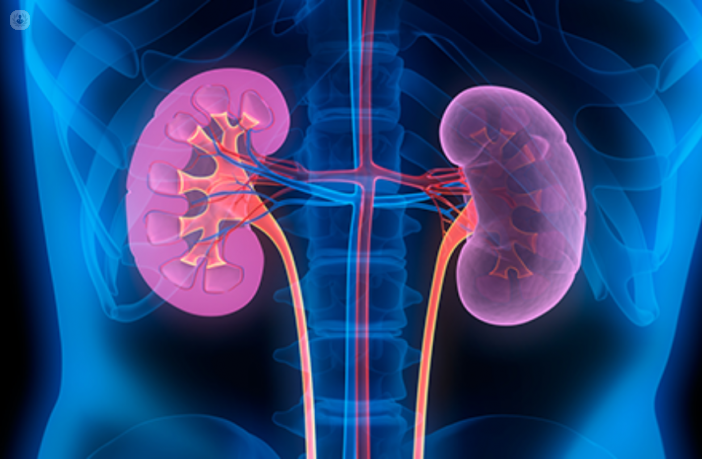What is Extracorporeal Shock Wave Lithotripsy
Extracorporeal shock wave lithotripsy is a non-surgical procedure to treat stones formed in the kidney . This technique involves high energy shock waves that are passed through the body and used to break stones into pieces as small as grains of sand. Now these pieces being small in size and can pass out of the body along with urine.
Steps involved in the treatment —
There are two ways to remove the stones using shock wave treatment.
- The first method involves the patient to be seated in a tub of lukewarm water, use x-rays or ultrasound to locate the exact position of the stones, and then position the body to target the stones exactly.
- The second method involves the patient to lie on a membrane filled with water through which waves are passed. Around 1-2 thousand shock waves are needed in order to crush the stones. The total time needed for the treatment is about 45 to 60 minutes.
Advantages and Disadvantages of Extracorporeal Shock Wave Lithotripsy
Advantages
a). Many patients can be treated for kidney stones without surgery.
b). Reduced cost, time, hospital stay and complications.
Disadvantages
a). Not all types of kidney stones can be treated this way.
b).Stone fragments are left in the body in rare cases and additional treatments are needed.
Anaesthesia
Usually ESWL treatment is done on OPD basis and does not need anaesthesia as long as the patient is co-operative. In certain situations such as pediatric patient or patient with involuntary movement disorders, a general anesthesia is induced. In most cases a local anesthetic maybe applied at the site of membrane contact.
Hospitalization –
Most often ESWL is done as a out patient procedure and does not require hospitalization. If the patient, on rare occasions, develops tenderness, vomiting, bleeding in urine and other symptoms, the patient is admitted for monitoring.
After Treatment
- Once the treatment of lithotripsy is complete, the patient can resume his/her daily activities in a day or two with a special restricted diet to be followed.
- Drinking plenty of water is one of the basic necessities for the stone fragments to pass out of the body.
- There could be a fair amount of pain when the fragments pass out, which could last for a total of about four to eight weeks.
- Oral medications would be subscribed for the next few days.
Complications or Side Effects
- Most patients have blood in urine for a few days.
- The fragments of stone may cause some pain or discomfort as they pass out.
- In some cases, when the stone does not fully pass out, additional treatment or intervention would be needed.
Can lithotripsy be done for all patients with kidney stone
- This method of removal of kidney stones depends upon the size, location and number of them present along with the composition of the stone too.
- The water bath method limits the patient size, whereas the water cushion method can be done for all sizes.
- The stone should be viewed by x-ray to send shock waves accurately, but in case of some abnormalities, other methods may have to be considered.
- In some other special cases, the doctor may decide to do extracorporeal shock wave lithotripsy combined with other types of treatment.
Success rate of extracorporeal shock wave lithotripsy
Patients considered as successful candidates get relief from kidney stones to an extent of 70 to 90 percent. The best results are found in patients who have mobile stones located in the lower portions of the Kidney, i.e. the calyx. In some rare cases, there are patients who may have some stone fragments left as they are large which would need to be treated when symptoms arise.
Other Treatment Choices Available
- About 90% of stones, less than 5 mm, pass out of the urinary system without any treatment.
- In some cases, medicines help in clearing kidney stones.
- Percutaneous stone removal — In this procedure, a small incision is made in the back to access the kidney, and a tube is inserted through which the stones are removed. This method is used when stones are too large (more than 2 cm).
- Ureteroscopic stone removal — This procedure is used for stones lodged in the lower part of the urinary tract. A ureteroscope is passed into the bladder and ureter. A basket like device is passed through the tube which grabs the stones present.
Cost of lithotripsy
Since the cost of lithotripsy can vary, it is always wise to have insurance, contact your insurance provider to make sure the costs are covered.
Text Credits : https://www.kidney.org/atoz/content/lithotripsy



